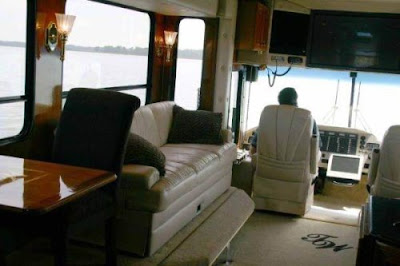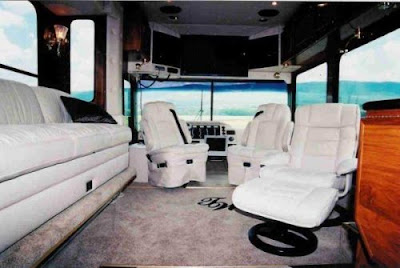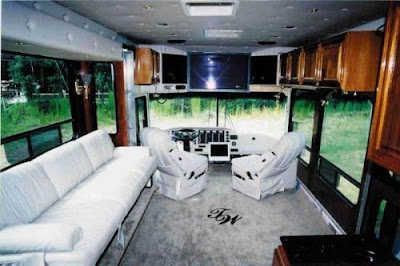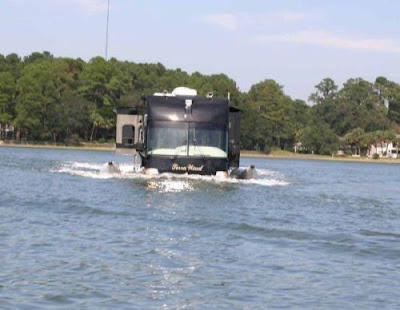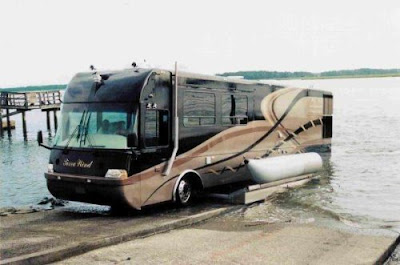![Burj Al Arab [www.ritemail.blogspot.com]](https://blogger.googleusercontent.com/img/b/R29vZ2xl/AVvXsEhexare41XzUcKtTr2OIVFFERWOQdMwmZwxB0qa9KZXxCTZc5jbNllGg9ygVIKHn5F6bzHaxFNq3xn_67GHbycT3-9Z1mosqjgOPmMN_-ZfzY9SU_2N3gTWmmbXNC-UieTs-FrBUnaxWC46/s320/burj-al-arab-hotel.jpg)
![Burj Al Arab [www.ritemail.blogspot.com]](https://blogger.googleusercontent.com/img/b/R29vZ2xl/AVvXsEjraDJBykTdhMJQw1GFvanVB1sl2ZKX5PwAGa3nfASVkLzFVlqoBZfRT6BYPEIPZ8wRaOTdKJpbW4BYMV6Vet072nT_d-Clq42GOlNJzUi44zRoe03R9nu-VSqPPBCbr1gt8FCIiCF7AFP1/s320/burj-al-arab-2.jpg)
![Burj Al Arab [www.ritemail.blogspot.com]](https://blogger.googleusercontent.com/img/b/R29vZ2xl/AVvXsEgLu6fWgtiAy5dVnhUGsbFUmoNmREdImdK8CBRXJhMEuUVbge48lKLB48olKefUrbHL-1bWZwO-QZgk0SApkl3ld1WPvvzzPmWA7Ohzk_6Xgpqu4OWNkX39jrlU-jXJqfrKkVtqyH2ijgsH/s320/burj-al-arab-3.jpg) Dubai is incomparable. Blessed with sunshine 350 days a year, the town is situated right off the beautiful coast of the warm Arabian Gulf. Tourists from all over the world relax along the natural, golden beaches. They indulge in exquisite restaurants and chic bars, play tennis and golf or test their equestrian skills.
Dubai is incomparable. Blessed with sunshine 350 days a year, the town is situated right off the beautiful coast of the warm Arabian Gulf. Tourists from all over the world relax along the natural, golden beaches. They indulge in exquisite restaurants and chic bars, play tennis and golf or test their equestrian skills.The world's top athletes compete in Dubai for the highest prize money in their disciplines. And all well-known, international companies reside in one of the architecturally unique and exciting skyscrapers in the heart of the pulsating metropolis. People with different cultures and religions living together in harmony, a cosmopolitan culture, dynamic economy, the highest infrastructural standards as well as a fantastic quality of life and literally no crime whatsoever - that's Dubai.
Dubai is simply unique!
Dubai is simply unique!
![Burj Al Arab [www.ritemail.blogspot.com]](https://blogger.googleusercontent.com/img/b/R29vZ2xl/AVvXsEiYXCoiPoY2B3Gm8VesSja8qWz9Vr69p9_R3UgmpJdVYjOQrF9y_76PMOmO4S0XqRZY04Y4ZRiHmwK6gEGycjKprINLFEDXuCm0Df7F2UwncKwQEsnlXEgs6Z0_noSgfPSY-_UkU7Snq62a/s320/burj-al-arab-4.jpg)
![Burj Al Arab [www.ritemail.blogspot.com]](https://blogger.googleusercontent.com/img/b/R29vZ2xl/AVvXsEjzh9OLkDiYaf0NzhQPWWFWRatRp0O3c9qlVnFFQBXYV0yTW_70olEk8LFa9kNl_uIa4ynCaI7sHwsyMGJEMcEBCq7xmhy6ELevN37S4lDFL1lcu00XyeRj-R1g5EN5GazBHhvFZ9BrRHkQ/s320/burj-al-arab-5.jpg)
![Burj Al Arab [www.ritemail.blogspot.com]](https://blogger.googleusercontent.com/img/b/R29vZ2xl/AVvXsEjHVU-hlAIOJ9iNW7QHDPcSfBZMzahSjWOXg8IPv06qwldoXSCm0ufrMDSuac1_0FztRerxutEWayWFJXrjYYd6e8Ywj8Su71LGeWt-Qctd-eEiVZweq3F9n6YLtEJjHXOyTGZWZNpWhHRE/s320/burj-al-arab-6.jpg)
![Burj Al Arab [www.ritemail.blogspot.com]](https://blogger.googleusercontent.com/img/b/R29vZ2xl/AVvXsEhsycSVe6Zkm60OBu6deqM8gotAaCZA1rmFxvzUa7tuQMbIxAlrZHv4AoKktt5uxJLZI6K_6UnHuCq0hXDGtUR1qFiGfMdYvGrWUtiU5aKzEI4D9hJ_52dMF_yrYhjEkFD3LT3g4Nb0nrf0/s320/burj-al-arab-7.jpg)
![Burj Al Arab [www.ritemail.blogspot.com]](https://blogger.googleusercontent.com/img/b/R29vZ2xl/AVvXsEg2nXx-CQ6o2i8ttbgfWYpQ6UE1j9v4ejAX_1h1scPSSr1sik8iZ4XJs60mlgt-Cj-2FYISoXwsBDBgNmUq8IdSPqopesyosu04CBteGCEuBfv83CnjCOK9acUVzGgEiRCTG09itWBfl4i4/s320/burj-al-arab-8.jpg)
![Burj Al Arab [www.ritemail.blogspot.com]](https://blogger.googleusercontent.com/img/b/R29vZ2xl/AVvXsEitNc6dAyiPzygg05ISgGvGzKXf1zKHvO-qjb_Fznu_KF_82-fjo8yk4b971L6NGFb9DMEINYFPLixX06-lFKYIQH-b09lYWF3My4UtjstfJ-1bvUlCotWHPWOM5aAyGVy7-9D5QuaAwpxo/s320/burj-al-arab-9.jpg)
![Burj Al Arab [www.ritemail.blogspot.com]](https://blogger.googleusercontent.com/img/b/R29vZ2xl/AVvXsEhAl3UoY_-8IQ12egdBA2B7ApmnwX3JwWTINdeLplZbgWmu1y8GeoeRf6dbTw264pP5Kv8IGamsGBl868WvgbHhJ2mwE-_yJI0SJmcY0RC9DYk_tYVHMYKBZEkmPlhyphenhyphenKHeUqn5TM-3Gx_5o/s320/burj-al-arab-10.jpg)
![Burj Al Arab [www.ritemail.blogspot.com]](https://blogger.googleusercontent.com/img/b/R29vZ2xl/AVvXsEjF-yemHePqznaMXDmDwgqKytW_xbIDrqwCxSJMme7xhfJ96NdyXl_kTh0y_5a850jSOWt2OleAc14h-2E_MT8jI8Axd8yW1MMSQtuow3CXWOEXLtktSST5Afm_ZrHbp2w0ijZc4zKDBRSK/s320/burj-al-arab-003.jpg)
![Burj Al Arab [www.ritemail.blogspot.com]](https://blogger.googleusercontent.com/img/b/R29vZ2xl/AVvXsEi-TyaWTLEG_WAASOz_lproMLkglEvTntO7I9QEXalYpLFiNToUBa7H-uIFO13JIfvYtcbc7weWsSVYWzPeGlhdC5TyErSRgfF8Bnfd6xaoFD5FS8a9-taclUtL4GSd4C_01GhKuNOK1ur2/s320/burj-al-arab-002.jpg)
![Burj Al Arab [www.ritemail.blogspot.com]](https://blogger.googleusercontent.com/img/b/R29vZ2xl/AVvXsEggJnVkL7WS5ErrmWxLRLsFiyFK2KQ-LfQJFZ7jMWY-l6LAuuCJJhk9CUJ-4lEWgpEavQHARnBezu_uzBy1eAv_7yLKFA0no3AsMR3n1M912mREKJ3Fq4OaowldAXg2XVTX6Rz7Bcz6ptSB/s320/burj-al-arab-001.jpg) In preparation for the Dubai Duty Free Men's Open, tennis legend, Andre Agassi and the world No. 1, Roger Federer, couldn't resist the temptation to have a friendly knock about on the world's highest tennis court, the helipad of Burj Al Arab, the world's most luxurious hotel. Both players are in Dubai to compete in the US$1 million Dubai Duty Free Men's Open, which is the first round of the two-week Dubai Tennis Championships.
In preparation for the Dubai Duty Free Men's Open, tennis legend, Andre Agassi and the world No. 1, Roger Federer, couldn't resist the temptation to have a friendly knock about on the world's highest tennis court, the helipad of Burj Al Arab, the world's most luxurious hotel. Both players are in Dubai to compete in the US$1 million Dubai Duty Free Men's Open, which is the first round of the two-week Dubai Tennis Championships.




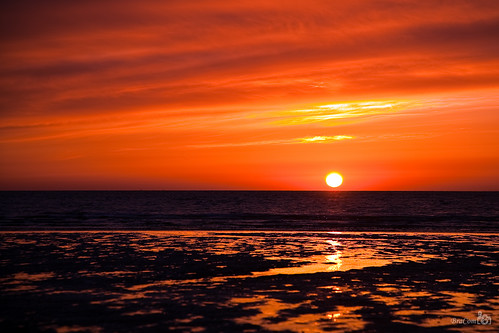
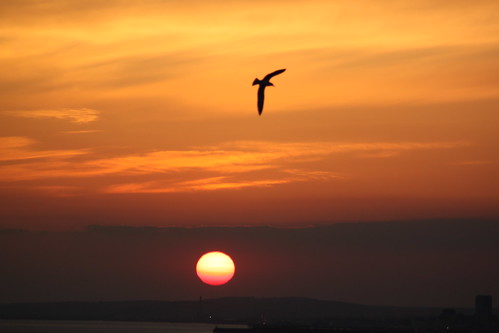


 Photograph by Kathleen Campbell/Stone/Getty Images
Photograph by Kathleen Campbell/Stone/Getty Images







